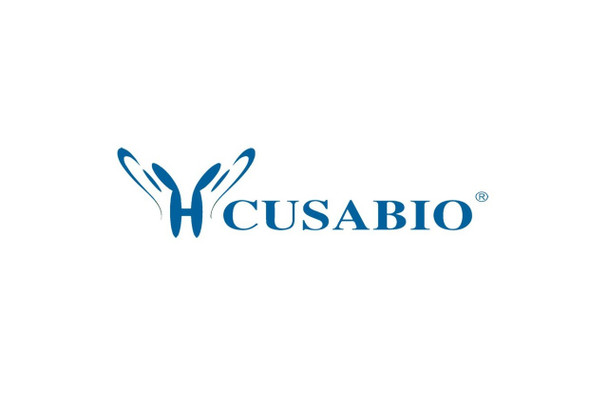Cusabio Human Recombinants
Recombinant Human Carbonic anhydrase 2 (CA2) | CSB-EP004370HU
- SKU:
- CSB-EP004370HU
- Availability:
- 3 - 7 Working Days
Description
Recombinant Human Carbonic anhydrase 2 (CA2) | CSB-EP004370HU | Cusabio
Alternative Name(s): Carbonate dehydratase II;Carbonic anhydrase C ;CAC;Carbonic anhydrase II ;CA-II
Gene Names: CA2
Research Areas: Signal Transduction
Organism: Homo sapiens (Human)
AA Sequence: SHHWGYGKHNGPEHWHKDFPIAKGERQSPVDIDTHTAKYDPSLKPLSVSYDQATSLRILNNGHAFNVEFDDSQDKAVLKGGPLDGTYRLIQFHFHWGSLDGQGSEHTVDKKKYAAELHLVHWNTKYGDFGKAVQQPDGLAVLGIFLKVGSAKPGLQKVVDVLDSIKTKGKSADFTNFAARGLLPESLDYWTYPGSLTTPPLLECVTWIVLKEPISVSSEQVLKFRKLNFNGEGEPEELMVDNWRPAQPLKNRQIKASFK
Source: E.coli
Tag Info: N-terminal 6xHis-SUMO-tagged
Expression Region: 2-260aa
Sequence Info: Full Length of BC011949
MW: 45.1 kDa
Purity: Greater than 90% as determined by SDS-PAGE.
Relevance: Essential for bone resorption and osteoclast differentiation . Reversible hydration of carbon dioxide. Can hydrate cyanamide to urea. Involved in the regulation of fluid secretion into the anterior chamber of the eye. Contributes to intracellular pH regulation in the duodenal upper villous epithelium during proton-coupled peptide absorption. Stimulates the chloride-bicarbonate exchange activity of SLC26A6.3 Publications
Reference: Nucleotide sequence of human liver carbonic anhydrase II cDNA.Montgomery J.C., Venta P.J., Tashian R.E., Hewett-Emmett D.Nucleic Acids Res. 15:4687-4687(1987)
Storage: The shelf life is related to many factors, storage state, buffer ingredients, storage temperature and the stability of the protein itself. Generally, the shelf life of liquid form is 6 months at -20?/-80?. The shelf life of lyophilized form is 12 months at -20?/-80?.
Notes: Repeated freezing and thawing is not recommended. Store working aliquots at 4? for up to one week.
Function: Essential for bone resorption and osteoclast differentiation (By similarity). Reversible hydration of carbon dioxide. Can hydrate cyanamide to urea. Involved in the regulation of fluid secretion into the anterior chamber of the eye. Contributes to intracellular pH regulation in the duodenal upper villous epithelium during proton-coupled peptide absorption. Stimulates the chloride-bicarbonate exchange activity of SLC26A6.
Involvement in disease: Osteopetrosis, autosomal recessive 3 (OPTB3)
Subcellular Location: Cytoplasm, Cell membrane
Protein Families: Alpha-carbonic anhydrase family
Tissue Specificity:
Paythway:
Form: Liquid or Lyophilized powder
Buffer: If the delivery form is liquid, the default storage buffer is Tris/PBS-based buffer, 5%-50% glycerol. If the delivery form is lyophilized powder, the buffer before lyophilization is Tris/PBS-based buffer, 6% Trehalose, pH 8.0.
Reconstitution: We recommend that this vial be briefly centrifuged prior to opening to bring the contents to the bottom. Please reconstitute protein in deionized sterile water to a concentration of 0.1-1.0 mg/mL.We recommend to add 5-50% of glycerol (final concentration) and aliquot for long-term storage at -20?/-80?. Our default final concentration of glycerol is 50%. Customers could use it as reference.
Uniprot ID: P00918
HGNC Database Link: HGNC
UniGene Database Link: UniGene
KEGG Database Link: KEGG
STRING Database Link: STRING
OMIM Database Link: OMIM









